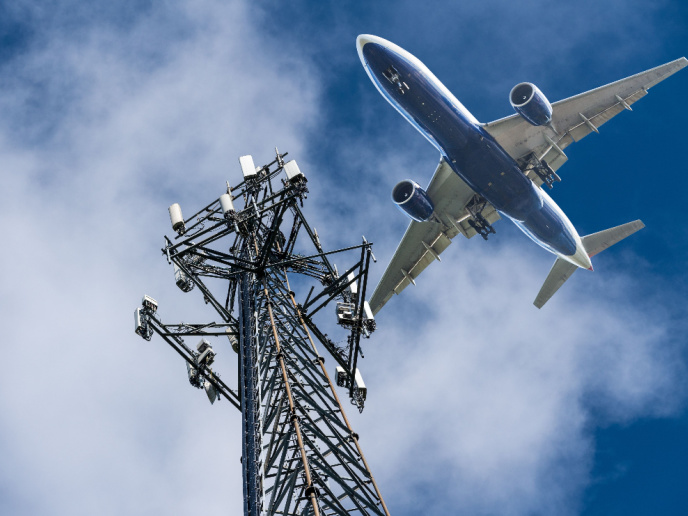A robot in the driver’s seat
Engineers working on the IVObility project(opens in new window) have been refining and improving robot technology and artificial intelligence systems to drive vehicles. “Our approach is not to make a new autonomous vehicle or to retrofit or modify existing vehicles but to take the human driver out of the equation and put in a robot driver,” says project coordinator Tzvika Goldner, CEO of BGR Robotics in Israel. The IVO, short for Intelligent Vehicle Operator, is mounted in the driver’s seat and connected to the steering wheel, along with the pedals and automatic gears. This turns any vehicle into one with autonomous capabilities within minutes. “It is much cheaper than making a vehicle autonomous and you can provide these capabilities for endless numbers of vehicles in a fleet,” explains Goldner. IVO does not have to be reprogrammed for different vehicles. “It is an integrated, holistic solution compatible with any vehicle or type. It has cameras in its head and very strong processing capabilities,” adds Oded Yechiel, chief technical officer at BGR Robotics.
Combined robotic and AI system
“The system not only operates the vehicle but also defines how to drive according to the road and the conditions. IVO drives according to the traffic signs and speed limits and all the safety regulations,” Yechiel says. It combines advanced robotic capabilities to operate the steering wheel and gears, with ADAS, or Advanced Driver Assistance Systems, which use sensors and actuators to react to certain situations. “ADAS already exist in new cars that support the driver and, for example, include technologies that give out a signal when an obstacle is detected while parking,” explains Yechiel. “Combining the two is unique to our system because ADAS and robotic capabilities are usually separate,” notes Goldner, pointing to patents granted in the United States and China. Although many companies are producing autonomous vehicles, the team believes their integrated, holistic approach is relatively rare. EU funding enabled the company to carry out a market feasibility study and a detailed work plan to get the robot driver prototype to a stage where it can be manufactured commercially within 2 years. As Goldner explains: “The mechanics, the optics, the cameras, everything is revised for better performance and harder environmental conditions.” It includes optimising the neural network system. Yechiel adds: “IVO needs to work in different temperature conditions and adapt to automotive standards and safety regulations, which involves a lot of effort. “The other aspect is the artificial intelligence – we are adding more and more layers and capabilities so that IVO can drive by itself.”
Use in airport ground services
BGR Robotics is focusing on closed areas, specific premises and places in which there is human and vehicle interference. The team is aiming to meet the needs of industries such as agriculture, transport in air- and seaports, and mining. For the market feasibility study, the focus was on a specific application – use in ground-handling services in airports. Given the number of airports in Europe, the company found there is a huge market on which they intend to focus in the beginning. They then hope to branch out into other domains.. Ground-handling vehicles for baggage and supplies can have accidents with aeroplanes on the tarmac. “It costs a huge amount of money and causes delays in planes taking off. Needless to say, a robot is able to work in all-weather conditions and cannot be infected by COVID-19,” Goldner concludes.







